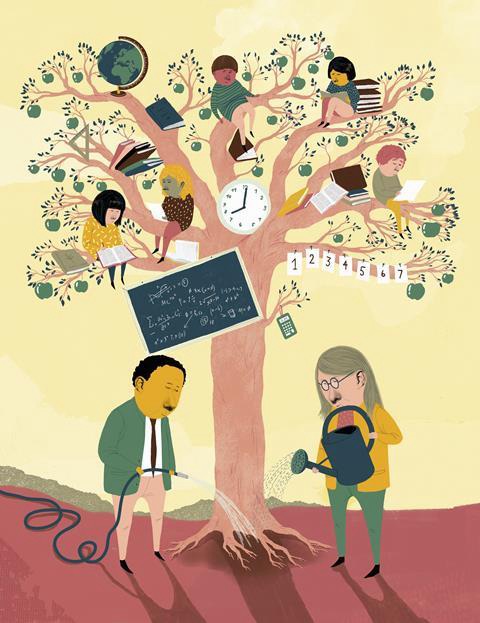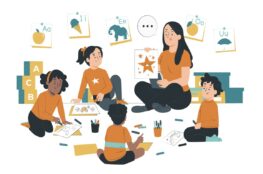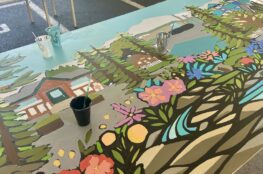When I think about personalized learning, I see it as education that adapts to the learner rather than the other way around. It’s not just about choosing topics we’re interested in, but also about having flexibility in pace, style and tools so we can connect with content in ways that feel meaningful. Personalized learning makes room for the learner’s voice, and for me, that has often been the difference between simply completing an assignment and truly engaging with it.
A time that stands out for me was during my teacher education program here at UVic. In one of our courses, we were given the option to design our final project using any medium we felt best represented our learning, ie. essays, presentations, artwork or even podcasts. I chose to create a gallery walk–style project that showcased my learning through text, teachings, discussions and interactive elements. Instead of writing a single long paper, I designed small stations where people could move through and experience different parts of the material. This format felt authentic to me because it combined creativity, collaboration and academic depth. It also mirrored the way I enjoy learning: engaging with ideas actively, from multiple angles, rather than passively consuming information. The freedom to approach the project this way not only deepened my understanding but also gave me a sense of ownership and pride in my work.
Social media has also shaped my learning in important ways, especially outside formal classrooms. Platforms like Instagram and TikTok have been surprising but powerful tools. I’ve found teaching strategies, classroom organization tips and lesson ideas from educators around the world. What works well is the immediacy, I can see real classrooms in action, hear first-hand experiences and adapt ideas to my own practice almost instantly. There’s also a sense of connection in realizing that other educators, even those in very different contexts, are grappling with the same questions and challenges that I am.
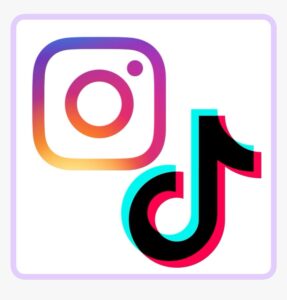
At the same time, I’ve noticed the challenges that come with this kind of learning. Social media tends to show curated highlights, not the everyday struggles behind them. It’s easy to slip into comparison or self-doubt when I forget that what I’m seeing is a polished version of reality. That tension, between inspiration and unrealistic expectations, is something I still navigate.
For me, both personalized learning and social media connect back to the course theme of networked learning. They remind me that learning doesn’t happen in isolation, it grows through choice, community and connection. As I continue this course, I want to explore how to bring that same sense of personalization and connectedness into my own teaching practice.
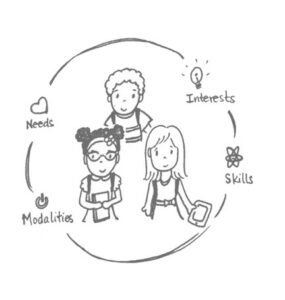
Inquiry-based and personalized learning gives students a role in directing their own learning and enables them to grow and become independent.
